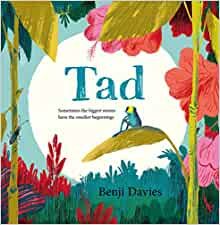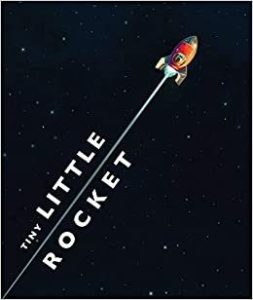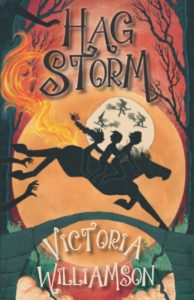
Hag Storm by Victoria Williamson is a spooky tale based on the atmospheric poem Tam O’Shanter by Robert Burns. It imagines his life as a boy growing up on a farm in Ayrshire and how he may have been inspired to write the famous poem. A perfect tie-in for Burns Night.
Find out what some our #FalkirkReadingTeachers think – Warning! These reviews contain spoilers.
Review 1 – 5/5 stars
12 year old Rab spends his time doing backbreaking work on his father’s farm. He misses his old life where he was able to attend school. One day he finds a Hag Stone in the field. When he looks through the stone, he can see witches gathering. He befriends a young maid working in town who warns him the witches will be after his sisters. Rab soon grows suspicious of his old cousin and is determined to stop her before Halloween.
Spoiler Alert!
Rab is wrong in his suspicions and the young maid is in fact the real witch. His cousin has been trying to protect the family all along.
Rab and his brother save his sisters in the nick of time!
This would be an excellent book to share with a class in the lead up to Burns’ Day. The story is inspired by the events in Tam O’Shanter and the links to the poem are clear. (My current class loved listening to and retelling the story of Tam O’Shanter this year and I think this book would have been a good addition to the learning). The story is exciting and has a spooky element that I think older children would enjoy.
Good for – Inference, curriculum links, reading for enjoyment.
Review 2 – 4/5 stars
Rab works hard on his family’s farm. Strange things start to happen when he discovers and strange stone which has the power to show him things he doesn’t want to see. Rab starts to suspect witchcraft is afoot. He needs help to fend off the evil forces but, who should he turn to. The young maid from the big house seems to know about these things, maybe she can help Rab before his family are put in mortal danger.
Spoiler Alert!
Rab sees his mum’s old cousin, Betty, behaving very strangely in the lead up to Halloween. She’s making dolls, chanting and going to the old ruined kirk. She’s been like a granny to him, could she really be a witch? She cursed the factor and now he’s ill…it must be true. Things are starting to go wrong for Rab’s family and Halloween is fast approaching.
Rab and his family have been befriended by Morven, the new maid from the big house. She’s lovely and they welcome her into their family. She’s trying to help Rab uncover the truth about Betty.
Big spoiler. Morven is actually the witch not cousin Betty. Rab finds out just in the nick of time. Maybe if he’d spent more time listening to cousin Betty’s cautionary tales, he’d have been more aware of what was really happening.
The story is structured around the events set out in Tam O’Shanter. It’s draws on all the little stories wrapped up in the poem and suggests how Burns (Rab) might have neen inspired. It’s a great tale for Halloween or Burns week. Great for discussing Burns and the folklore of his day. Opens up the whole subject really well. It also gives a good platform for discussing the historic perspective of life in Burns’s time. What was it like? How tough was it? The novel actually contains a lot of solid historic facts about the Burns family and their migration from Alloway to Mount Oliphant. It exposes the troubled relationships that his family had with their landlords and factors.
There are quite a lot of old scots words but, it’s not over done. There is enough to start a conversation but, not so many that it becomes hard work.
There are also some great passages for discussing the relationships between siblings. Do we have favourites? Do we treat people how we want to be treated? Are we always fair?
This is also a great witchcraft story. It’s perfect for Halloween.
Good for – This is a great way to introduce pupils to the ideas and the story of Tam O’Shanter. If the P7s are tackling Burns and Burns Suppers, then this would be a great read at Halloween or, even when in P6. It’s a neat segue from the novel into the poetry. It makes all the old scots a little less intimidating. There are some very clever passages where there are clues given as to what is going on. That meta processing is something that you can go back and tackle afterwards. This is a much easier introduction to Burns than diving straight into the poetry.
Review 3 – 5/5 stars
This book is based on the life of Robert Burns and inspiration taken from his poem Tam O’Shanter.
The book follows the story of a 12-year-old Rab who lives in Ayrshire on his family’s farm. He works hard to help his family make a living in hard times. When out clearing a field of stones one day he finds a strange stone in the field and his life takes on a strange turn of events. Looking through the stone, he is sure he can see witches and he’s now not sure his cousin Betty is all she seems!
Don’t judge a book by its cover! Don’t jump to assumptions! The mystery of the witch(es) will keep a reader hooked as will the reveal of the true identity of the witch, especially if the reader has guessed correctly. Yes, its’s a piece of historical fiction, but also a great adventure book.
I didn’t read the blurb before reading this – simply picked up the book as it was written by Victoria Williamson, one of my favourite children’s authors. I devoured the book on a cold and windy Sunday morning. I was immediately transported to 18th century Scotland; Victoria’s narrative voice and characters are very authentic and easy to read. For these reasons, I think even reluctant readers would enjoy it. It is a great story with a fab twist at the end that keen readers will spot but it’s also a good teaching point for prediction and inference. There’s obviously been a lot of research put into writing the book which adds to its authenticity so pupils would be able to get a lot of information about life in Scotland in the time of Robert Burns, or what life as a country farmer might have been like, in an accessible and interesting way.
My class also watched the live event with Victoria Williamson available through her publishers (Cranachan) website on Burns Night which they enjoyed as we’re also reading another of Victoria’s books. They enjoyed seeing their ‘author’. We have also entered the Magic Spell competition which was inspired by events in the book.
Truly, you could do a whole IDL topic on this book. You could investigate the Witch Trials in Scotland or America (second level) and follow this through to look at prejudices and stereotypes in modern society. Lots of scope for literacy activities from instructional writing, creative writing, poetry… You could view it all from a more historical angle looking at the reliability and variety of sources used to investigate the past and the use of artefacts in recreating past societies. You could compare rural and city living and jobs available today or in the past.
I cannot recommend the book and author enough. Read it to your class!
Good for – reluctant readers, curriculum links, inference, narrative, reading for pleasure
Review 4 – 5/5 stars
Based on Tam O’Shanter and the life of Robert Burns. 12-year-old Rab spends all his time doing back breaking work on his family’s farm instead of attending school. Rab gets fed up with the work and misses his old life and school but knows he has responsibilities to his family. Rab finds a Hag stone in the field and realises that the witches are coming for his family.
Spoiler Alert!
Rab misreads the situation and is taken in by a young witch who convinces him his old Aunt is the one putting his family at risk. Rab uses all his wits and knowledge to save his two sisters and triumphs in the end.
Good for – curriculum links
A terrific way to introduce the pupils to Robert Burns and Scottish literature but also contains a lot of useful information about life in rural Scotland at the time. Would sit well with a Scottish Topic as well as learning about Rabbie Burns.

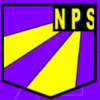
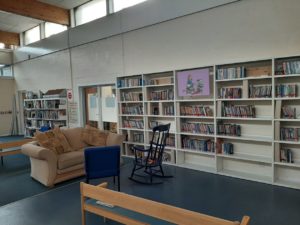
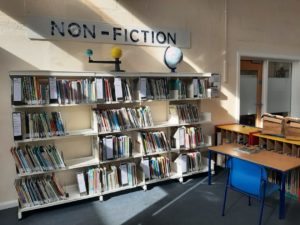

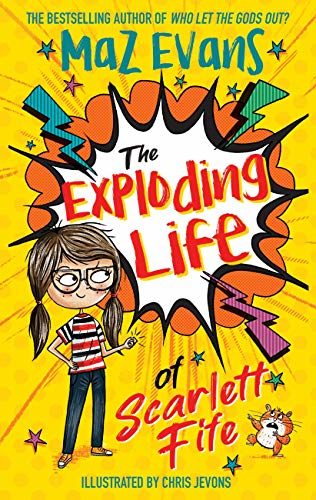

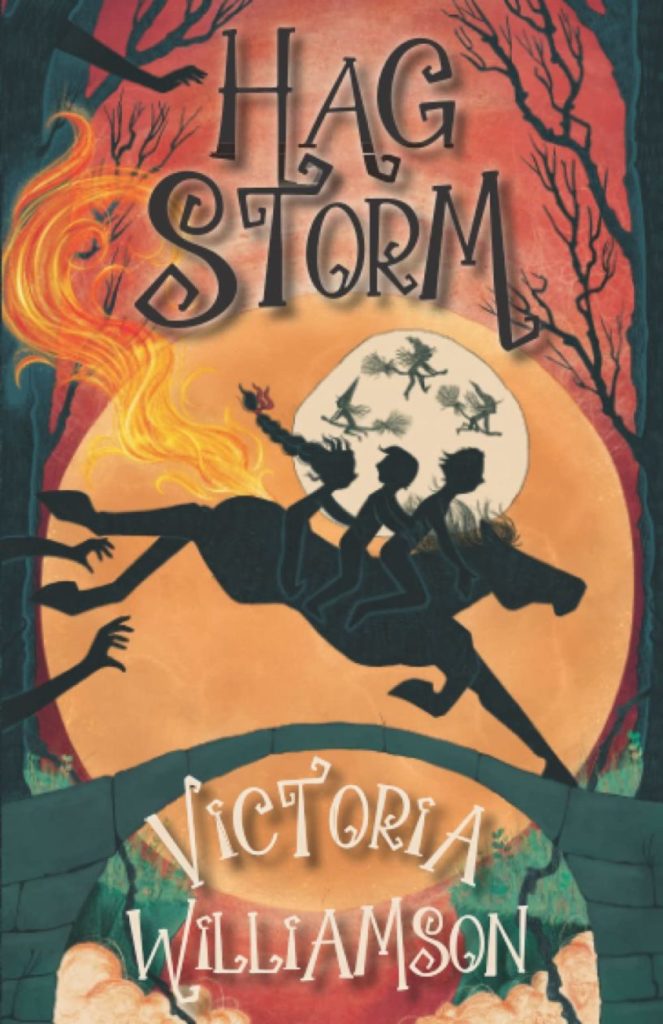

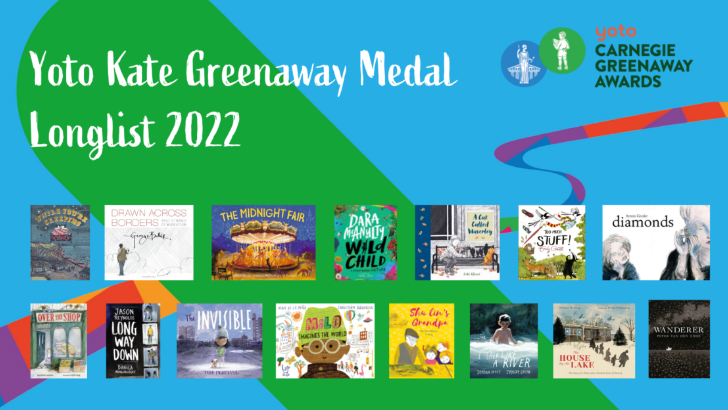
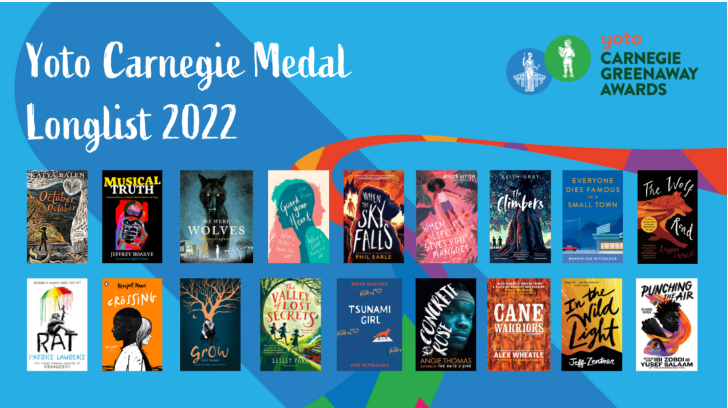
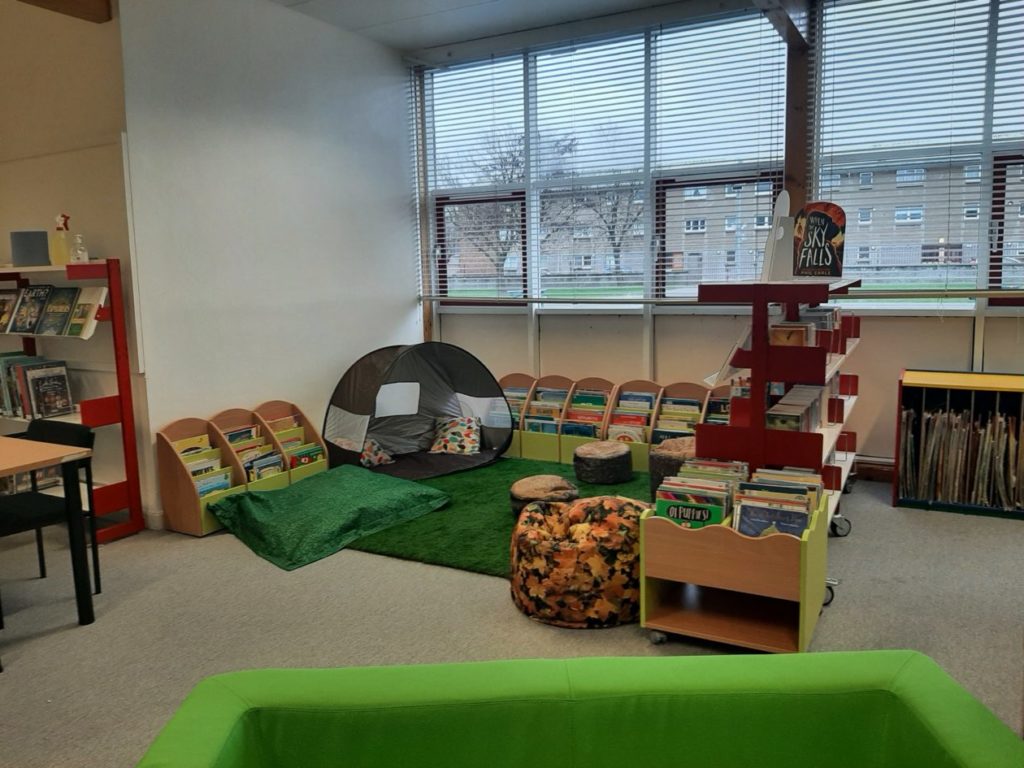

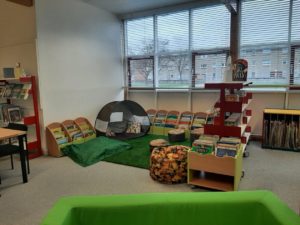
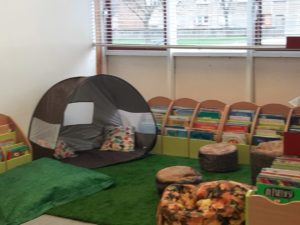

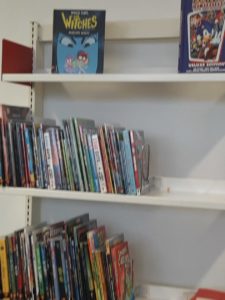
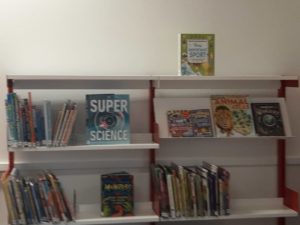


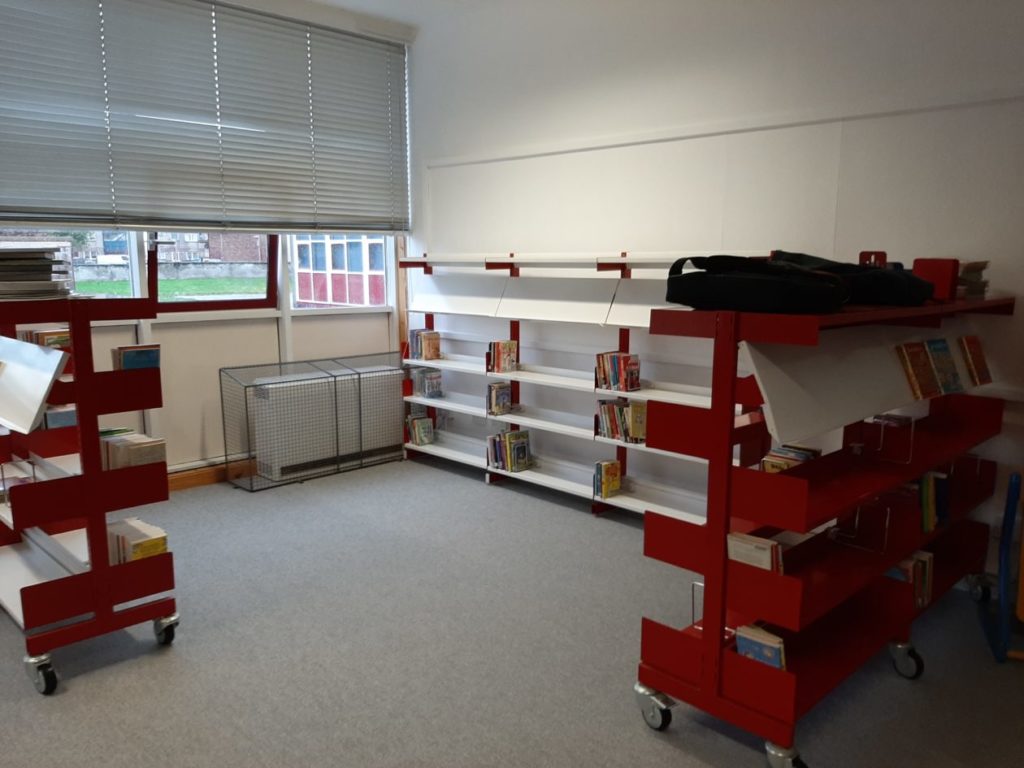
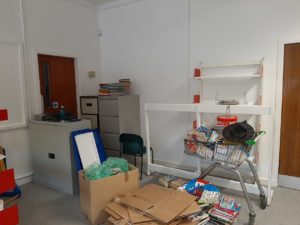
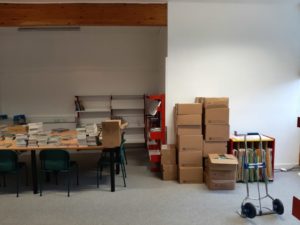
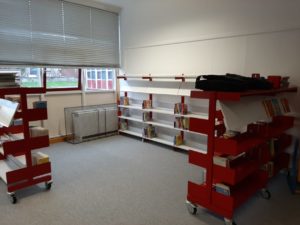 We are currently waiting on delivery of the new furniture and more books, but we gave the pupils a sneak peak at the new books during Book Week Scotland and the excitement to get reading was palpable! The pupils were asked what reading means to them and the feedback will be used to create special artwork on the library walls.
We are currently waiting on delivery of the new furniture and more books, but we gave the pupils a sneak peak at the new books during Book Week Scotland and the excitement to get reading was palpable! The pupils were asked what reading means to them and the feedback will be used to create special artwork on the library walls.

